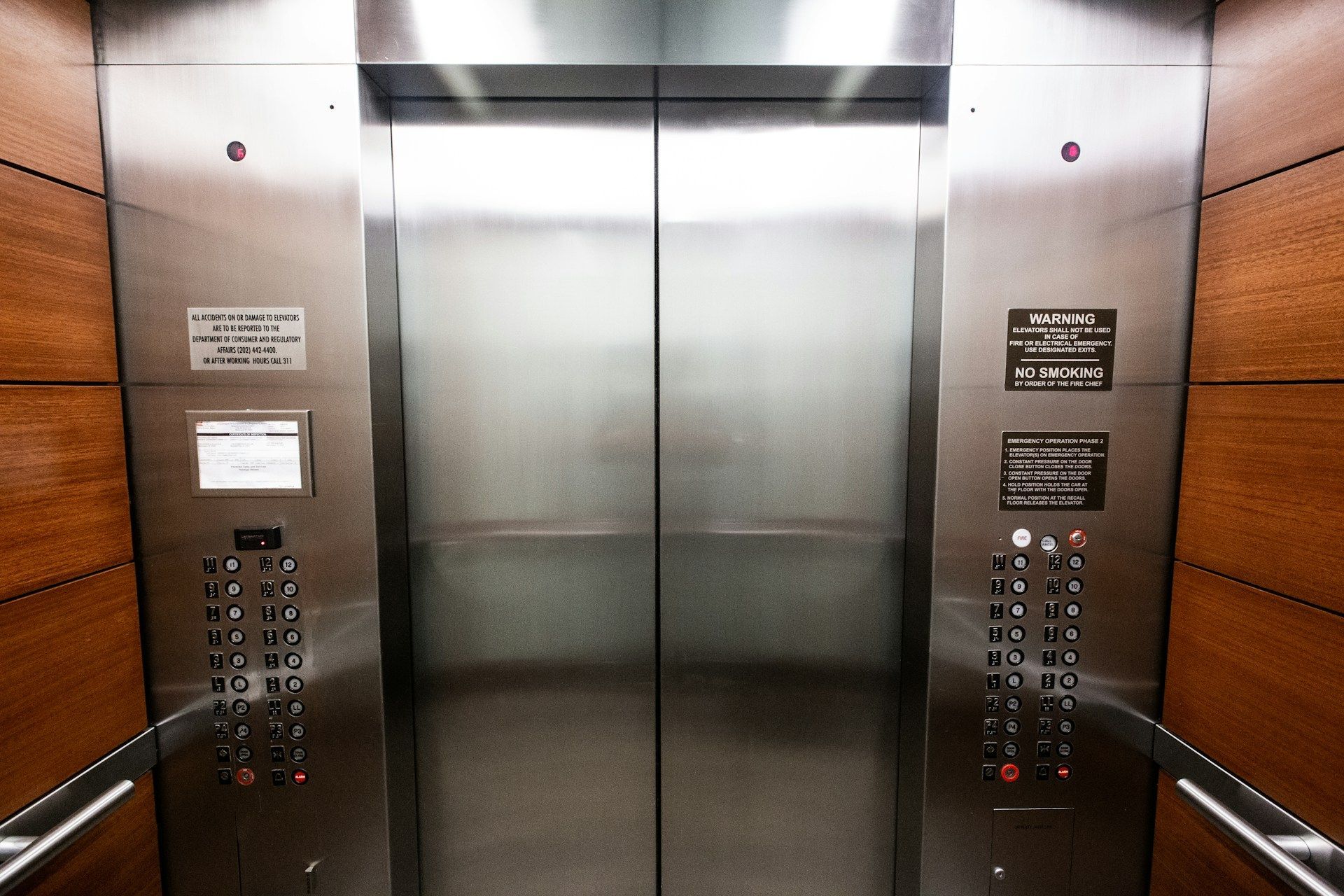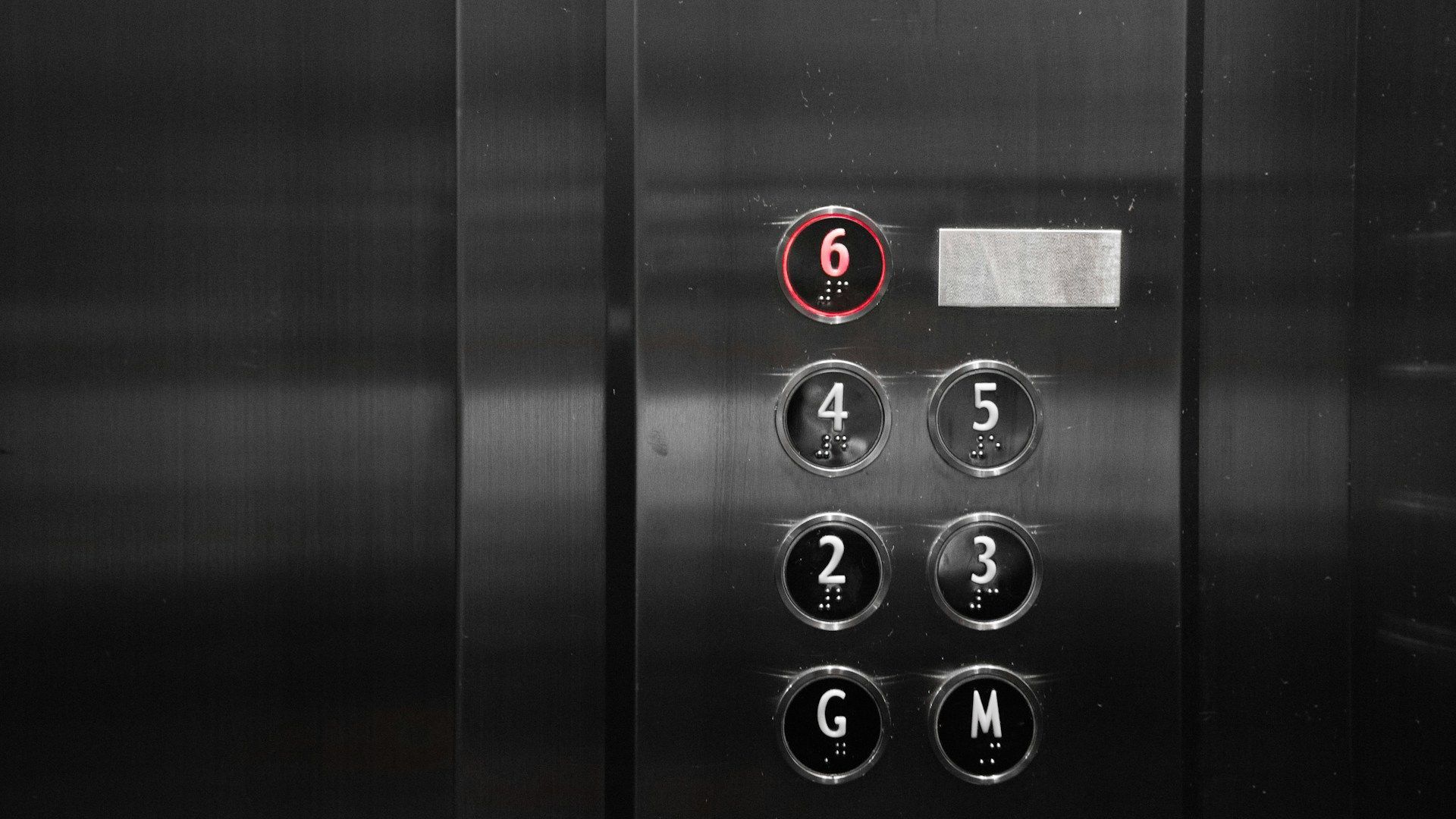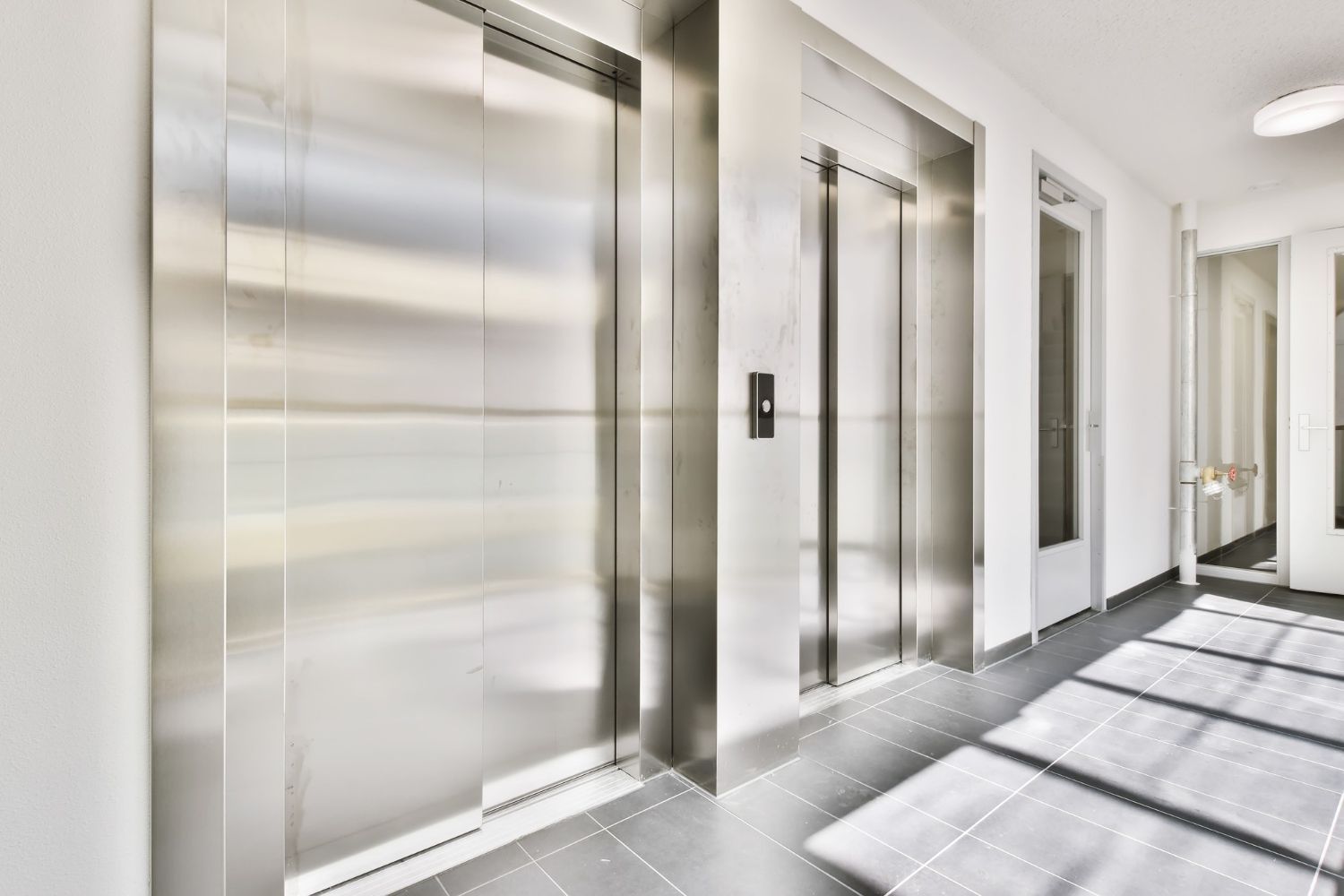The Role of Elevators in Building Accessibility
In today's world, elevators play a crucial role in building accessibility. They provide an essential service, helping people with mobility challenges move freely and comfortably. For anyone who relies on wheelchairs or canes or simply needs a little extra help, elevators make a huge difference. They ensure that buildings are welcoming and accessible to everyone, promoting independence and ease.
Providing accessible elevators isn't just a matter of convenience. It's also a legal and social responsibility. Many places have laws that require buildings to be accessible, showing the importance of inclusivity. Elevators help meet these standards, ensuring everyone has the same opportunities to explore and engage in different environments.
Elevators as Essential Tools for Accessibility
Elevators significantly enhance the mobility of individuals with disabilities, aging, or temporary injuries. Elevators enable these individuals to move smoothly between floors without strain by providing easy vertical transportation. This capability is vital in allowing them to access upper levels of buildings that otherwise might be unreachable.
Elevators are crucial for ensuring equal access in public buildings. Hospitals, shopping centers, schools, and government buildings require elevators to accommodate everyone, including those with mobility aids like wheelchairs or crutches. Without elevators, these places might exclude some visitors from certain areas, creating unnecessary barriers.
Providing accessible elevators has both social and legal implications. Socially, buildings that lack proper access can be seen as excluding or discriminating against individuals with mobility limitations. Legally, many jurisdictions have specific laws that mandate accessibility features, including elevators, in multi-story buildings. Compliance with these laws isn't just about avoiding penalties; it's about ensuring dignity and independence for all building users.
Design Features That Enhance Accessibility
Modern elevators incorporate numerous design features to boost accessibility. One notable feature is the inclusion of Braille on control panels, which helps visually impaired users navigate floors independently. Audible floor indicators provide similar assistance, announcing the current floor and direction of travel. These features ensure users have a safe and informed journey.
Wide doors and spacious interiors are other critical elements that improve accessibility. They provide adequate room for wheelchairs and strollers, preventing struggles when getting in or out of elevators. A broad cabin space also makes it easier for caregivers to accompany those who need assistance, ensuring comfort and security in transit.
New technology advances are continually improving accessibility. Features like touchless controls or smartphone integration allow users to select floors without physically touching buttons, which is helpful for those who may have dexterity difficulties. As technology evolves, elevators will likely become more user-friendly and accessible, accommodating diverse needs more effectively.
Maintenance and Safety Considerations for Accessible Elevators
Maintaining elevators is crucial to ensuring their safe and reliable operation. Routine maintenance checks help identify and fix emerging issues before they become big problems. These checks include inspecting mechanical components, testing electrical systems, and verifying the functionality of controls. Regular maintenance ensures elevators remain in top condition, reducing the risk of unexpected breakdowns.
Emergency features are vital for elevators, providing safety and peace of mind. Backup alarms and emergency call buttons are essential if the elevator stops between floors or someone is trapped. These features allow passengers to alert building staff or emergency services whenever help is needed. Ensuring these systems work correctly is a significant focus of elevator safety.
Various safety upgrades can enhance elevator usability. Installing automatic leveling systems ensures elevators stop precisely at the floor level, preventing trips and falls. LED lighting inside cabins improves visibility and saves energy, making elevators more efficient. These upgrades contribute to a safer, more user-friendly experience for everyone who relies on elevators.
Future Trends in Elevator Accessibility
New innovations in elevator design focus on further improving accessibility for all users. Designers are exploring features like smart touchscreens and intuitive interfaces to assist passengers of varying abilities. Voice-activated controls are becoming more common, offering a hands-free way to select floors and call for the elevator, which is especially helpful for those with mobility challenges.
Potential technological advancements could revolutionize elevator use. Adaptive learning algorithms might soon adjust elevator speeds and stops based on typical traffic patterns, reducing wait times. Enhanced sensor systems could interact with personal devices to call elevators automatically for individuals approaching the shaft, ensuring prompt service.
These trends are likely to influence future building designs and regulations. As buildings become more technology-driven, the integration of accessible elevator features will continue to grow. Regulations might require newer, more advanced systems to be standard in construction projects, making accessibility an integrated part of the architectural process.
Conclusion: Elevating Access with Innovation
Elevators are a pillar of accessibility in modern buildings, ensuring everyone can move freely and efficiently. By incorporating thoughtful design features and staying up to date with maintenance and safety practices, elevators offer unparalleled support to those who depend on them. As technology advances, the future promises even greater innovations that enhance elevator accessibility and safety.
At Elevator Solutions Inc., we are committed to leading the way in elevator innovation. If you want to upgrade your building's accessibility or need reliable maintenance services, contact us today. Our expert elevator contractors are here to ensure your elevators provide the highest level of convenience and safety for all users. Let's create accessible spaces together!



